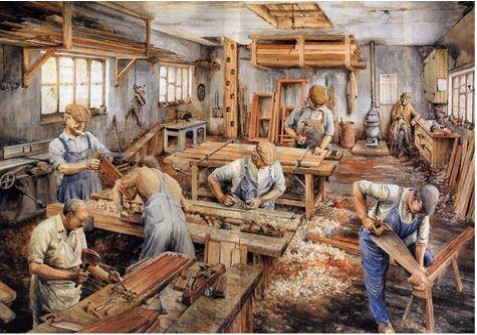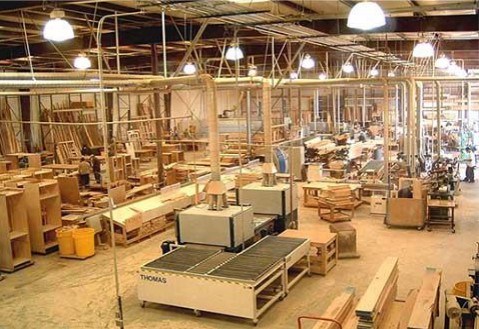By Larry Cote, Managing Director, Lean Advisors, Inc
We are almost a quarter of the way through the 21st century and those of us who were around 50 years ago couldn’t have imagined the speed at which technology and change would happen.


In fact, most of us have no way of knowing what amazing breakthroughs are just around the corner. Innovation is moving at light speed. In fact, I was having a conversation with an executive with a large Defense Contracting company about new product development and the future, and he stated, “that if you can imagine a future product, we have already invented it”. Now, that can be scary, or it can be exciting. For business, it is exciting.
Technology touches all aspects of our lives, and we rely on it to assist us in our personal lives and our business lives. We can’t function without it, and most of us get excited about the next new ‘thing’.
Businesses and organizations are no different. They are constantly bombarded by new IT, and new faster equipment. Their desire is to access information that allows them to build products faster or service clients faster, with higher quality. It also allows them to make more accurate day-to-day decisions as well as can assist in making strategic decisions. The goal is the technology, or equipment, will allow them to service their clients better while making them more competitive (reducing cost).
Investing in technology, or new equipment, are options every business needs to investigate. They need to determine if the investment will take them to the next level of efficiency, success, and growth. But prior to investing in the new technology, the leadership needs to first understand the impact the investment will have on their bottom-line, and does it support/enhance the end-to-end process.
If the investment is to resolve a bottleneck in the current process, you should first ask if you’re inserting it into an inefficient end-to-end process – one that could be improved for productivity and capacity utilizing your existing resources. There is an old saying ‘Don’t pave the cow path’.
Putting technology into a process that is full of waste makes it very difficult to build an accurate business case for the new technology/equipment. The ‘waste’ in the system will make it impossible to understand what you really need, and how much of it you need to drive you to the next level of service and profitability in the future. And in most cases, it solidifies the ‘waste’ in the system.
A good example is companies researching the installation and implementation of ERP systems to enhance their company’s ability to lower costs and meet the demands/expectations of their customers. On the surface, this type of technology is a no brainer and seems to make sense. As business complexity increases and customers’ expectations rise, one of the options for companies will be to investigate technological enhancements.
Making a major investment financially in technology/equipment includes not only the capital costs but the additional cost such as:
- labour for installation and training,
- possibly new hires of talent to support the ongoing technical support for maintenance,
- layout changes,
- infrastructure upgrades and,
- operation and overall disruption costs while prepping, installing, and commissioning.
These types of variables need to be considered when determining whether the technology will return an acceptable ROI and take the company to the next level of competitiveness in service, quality, and profitability.
Investment today that you will likely have for decades requires a thorough understanding of your future needs and your existing internal processes. Without this knowledge of what is broken currently in your processes, you run the obvious risk of moving the ‘waste’ to your ERP system or technology and basically ‘paving the cow path’ – solidifying the ‘waste’.
To increase your chances of success when integrating technology or equipment, we strongly urge you, and your team, to do a proper analysis using Lean methodologies, especially the Value Stream Mapping (VSM) tool. VSM will allow your organization to accurately ‘see’ your current processes and identifies the ‘waste’ in the system. Then you have the choice to either make the immediate improvements to your processes, or in the very least, know what and where the ‘waste’ is in your processes, and the root causes of the waste.
With this knowledge of the new improved processes, you can make more precise decisions on the technology required to support your improved processes rather than attempting to camouflage the broken processes with technology. Completing the VSM exercise will remove much of the risk of investing in equipment and technology and allow you to move forward with the confidence that you will maximize the ROI and meet your expectations.
You want your investment to be just that ‘an investment’ which supports you in taking your business to the next level of service, cost improvement and quality – competitiveness.
Technology is Important!
Take the Time to Do It Right!







